
Leukemia is the tumor of blood cells and bone marrow which is caused by the uncontrolled multiplication of blood cells and their predecessors in the bone marrow. This tumor usually arises from white blood cells and their predecessors but also may arise from other blood cells. The blood and bone marrow of leukemia patients contain many immature white blood cells while the erythrocytes platelets and healthy white blood cells are usually reduced.
Based on the occurrence symptoms rate leukemia is divided into acute and chronic.
Depending on the types of cells from which leukemia arise there are lymphatic leukemia, arising from lymphocytes and myeloid leukemia, resulting from myeloid lineage of blood cells ( eosinophils , neutrophils , basophils , erythrocytes , megakaryocyte ).
Based on the number of leukocytes in the blood leukemia can be divided on: leukemic, subleukemic and aleukemic.
Symptoms
Due to multiplying tumor cells in bone marrow, they suppress the healthy cells which arise from other blood cells. As a result there are:
anemia which symptoms are weakness, fatigue, pale skin color, heart troubles. thrombocytopenia which symptoms are a small skin and mucosa bleeding. frequent infections, because the number of healthy white blood cells and reducedDue to infiltration of malignant cells occur symptoms such as spleen, lymph nodes and liver increasing. Also may occur pain in bones, swelling and bleeding gums, changes in the skin, headaches and paresis of cranial nerves. The symptoms of leukemia children may vary a bit comparing to adults.
Cause
The cause of leukemia in most cases is unknown. The emergence of the disease involves genetic and environmental factors.
Treatment
There are several methods of treatment and several therapies are usually applied together. These therapies include surgery, radiotherapy, chemotherapy, immunotherapy and bone marrow transplantation.
There are numerous additional treatment methods such as transfusions, blood products, antibiotics and others. Immunotherapy is the progress in treating this disease. It uses a number of immunoglobulins (growth factors).
Bone marrow transplantation is contemporary method which is applied in many malignant diseases. Bone marrow is taken from related donors (donor or from a bank) or from the patient. Related donors may be either an unknown person or a brother or sister. Parents are not donors because the child is a mixture of father and mother genotype and so is not analogous to one parent. Bone marrow transplantation therapy is the future. Treatment of leukemia takes two to three years. Percentage of healed depends on the leukemia type. Lymphatic leukemia is the easiest to cure. On the basis of long-term monitoring of patients suffering from leukemia can be said that the healing occurs in 65-70 percent of cases.
Certain types of therapy can also cause side effects such as damage to other organs. Radio and chemotherapy destroys cancer cells but can cause damage to healthy cells.
Also common consequences of leukemia treatment are decreased immune resistance, susceptibility to infections and delayed growth and development in case of a child. This disease can’t be prevented, but it is very important not to expose to increased radiation and various chemicals. Cytostatics are especially dangerous.
Recent study conducted by German scientists showed that Methadone, a drug used to treat heroin and other opiates addicts, has shown promising results in the treatment of leukemia especially in those resistant to therapy. Methadone kills leukemia cells without harming healthy blood cells.
Family often accepts the fact that their loved one is ill and is usually aware of the severity of the disease and possible consequences. Their support is a valuable aid to the person who suffers from leukemia especially because the treatment takes a long time.



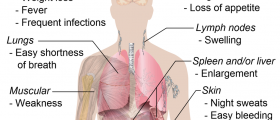

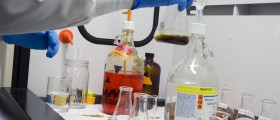



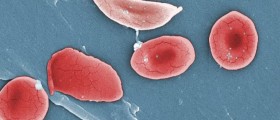
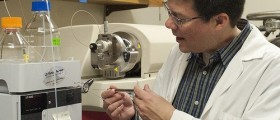
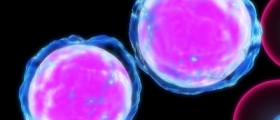
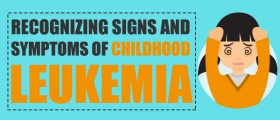
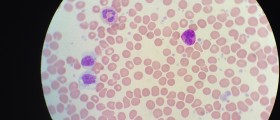


Your thoughts on this
Loading...